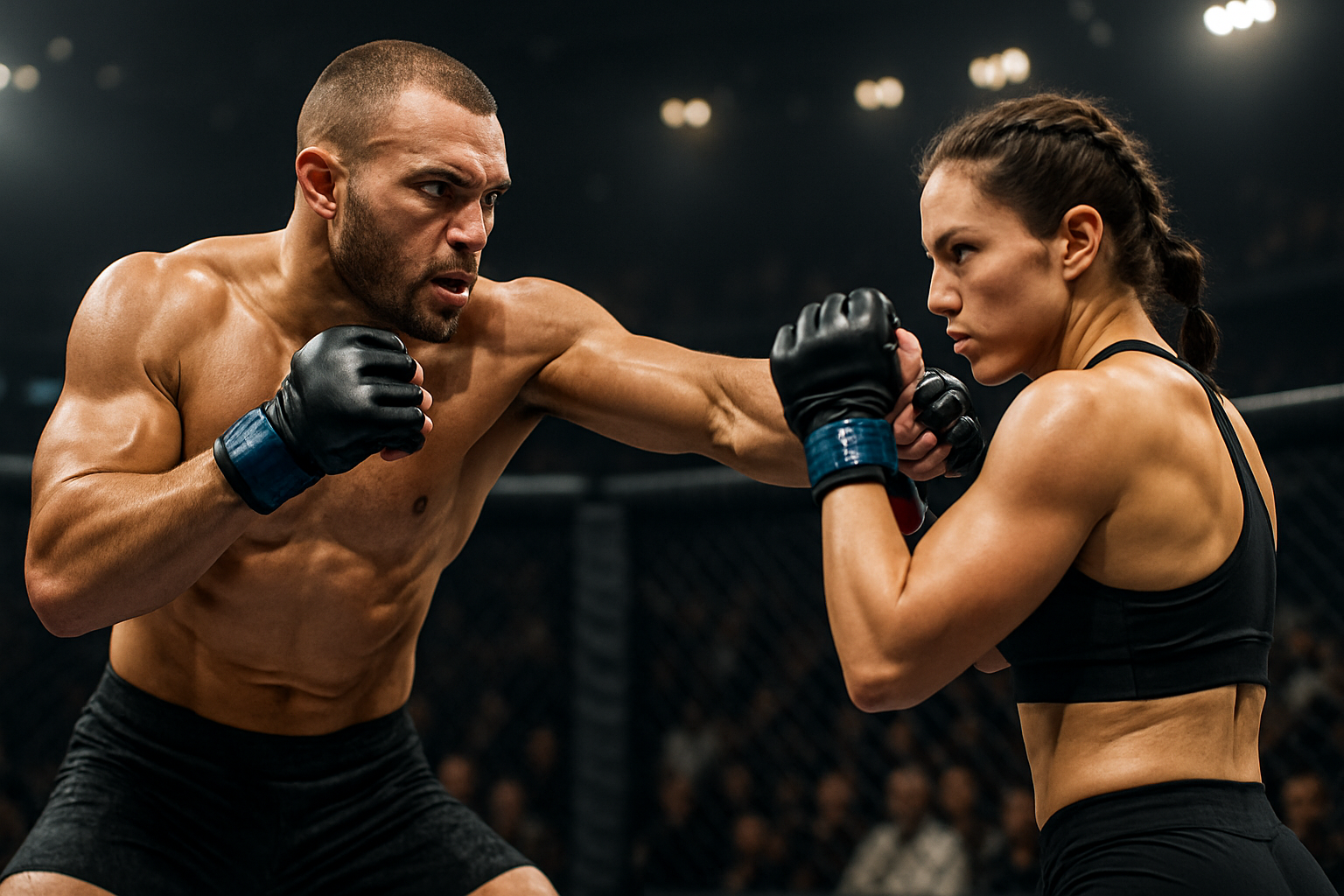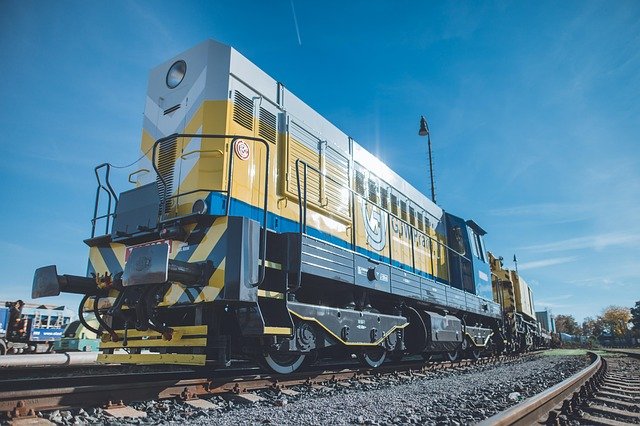Blazing a Trail: The New Era of Mixed Martial Arts
Introduction: Mixed Martial Arts (MMA) is a combat sport that has been rapidly gaining popularity over the last decade. Its unique blend of different martial arts styles and the intense physical and mental demands it places on athletes make it a riveting spectacle for fans and a challenging discipline for participants. This article delves deep into the world of MMA, tracing its history, analyzing its current trends, and revealing how it's reshaping the landscape of combat sports.

The Genesis of Mixed Martial Arts
MMA emerged from a rich tapestry of combat sports, each with its own unique history and traditions. The term itself was coined in the 1990s, but the concept of combining different martial arts styles into a single sport dates back centuries. Ancient Greek Pankration, for instance, blended wrestling and boxing into a single event, while the 20th century saw the rise of Vale Tudo in Brazil and Shooto in Japan, both precursors to modern MMA.
The Modernization of MMA
The modern era of MMA began with the inception of the Ultimate Fighting Championship (UFC) in 1993. Initially marketed as a no-holds-barred contest to determine the most effective martial art, UFC gradually introduced rules and weight classes, transforming into the structured yet dynamic sport we see today. This evolution has allowed MMA to gain mainstream acceptance, with athletes like Conor McGregor and Ronda Rousey becoming global superstars.
Training Techniques and Strategies in MMA
MMA training is a complex process, requiring athletes to master techniques from various martial arts and develop exceptional physical conditioning. Striking, grappling, and ground fighting are all critical components of an MMA fighter’s skill set. However, the sport’s demands extend beyond physical prowess—mental toughness, strategic planning, and adaptability are equally important.
The Impact of MMA on Combat Sports
MMA has had a profound impact on other combat sports. Boxing, for example, has seen a decline in popularity as fans are drawn to the more varied and unpredictable action of MMA. Meanwhile, traditional martial arts like Karate and Judo have experienced a resurgence as they adapt their techniques for MMA competition.
The Future of Mixed Martial Arts
With its global audience growing and more athletes transitioning from traditional martial arts and other combat sports, MMA’s future looks bright. The sport’s governing bodies are under increasing pressure to ensure fighter safety, while emerging technologies offer potential for new training methods and fan engagement strategies. As MMA continues to evolve, it promises to remain at the forefront of the sporting world.
As we delve into the world of MMA, it is clear that this sport is not just a blend of combat disciplines but a testament to human willpower, resilience and strategic thinking. Its rise to prominence is a reflection of our collective fascination with competition and our innate desire to push the boundaries of what is physically and mentally possible. With its unique blend of athleticism, strategy and spectacle, MMA is more than just a sport—it’s a celebration of the human spirit.





